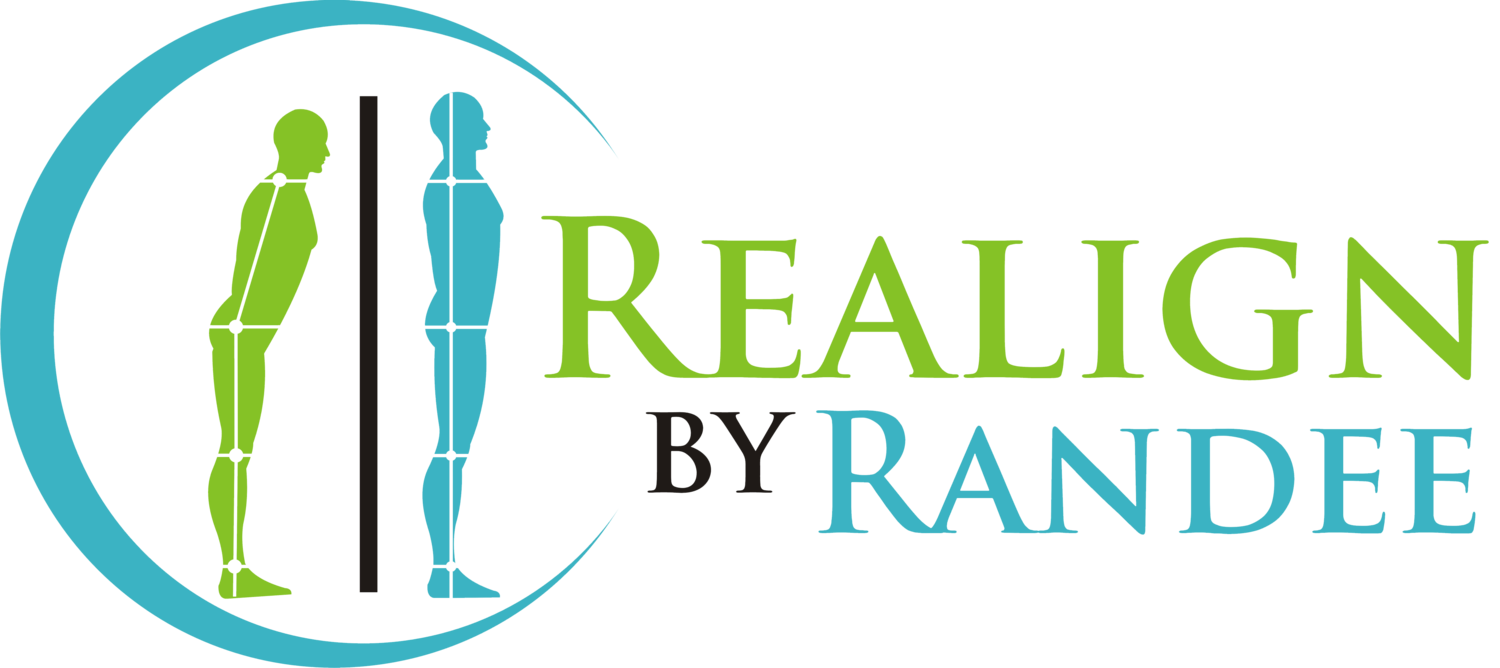Hip replacements and 2 ways to help avoid joint surgeries
Head to Toe Series Part 4 Hips
Our hips include our pelvis bones and pelvic structure which is the key to our upright posture. Our pelvis is also the center of our body and serves to protect many vital organs. As you can see, our hips are very important for our bodies and as a result we should try to take good care of them. Unfortunately, hip pain has become more common over the years.
When people get diagnosed with arthritis, it is by definition inflammation in the joint. The covering surface to the joint becomes inflamed. When the joints are not syncing well from dysfunction alignment, friction occurs causing the body to protect the joint by making more fluid. This repeats itself way too many times over the years and the joint fluid becomes thicker resulting in less movement in the joint - slowly cartilage is worn away - eventually leading to needing a joint replacement.
It is amazing that modern medicine has progressed so well in technology with the use of total hip replacements. It is so great that we have this option but, even if the worn out joint is replaced, the root problem may not be getting fixed. Being misaligned and our bones not stacking and sitting in the joint properly is what leads to the breakdown of the joint. It is likely if you have multiple joints not aligned and unbalanced, it can cause another joint to break down. It is common to see people with multiple joint replacements or significant modification in movement activities, indicating the body needs to be aligned after a hip replacement.
In many cases the hip replacement or surgery relieves pain but, sometimes it does not.
Here is an interesting concept - have you had a pain in any joint on one side but, when they x-ray both they tell you that the side of the pain is not the side with more joint breakdown? This is because some of the pain symptoms are being caused more by muscle imbalance.
If you haven't already been told your hip joint needs to be replaced - how might we prevent it from happening?
Tip Time
1. Our leg or (femur bone) needs to move in the hip joint in addition, our pelvis needs to move around the leg bone. In the exercise below, cats and dogs, the pelvis is moving forward and back. Try this exercise out and see how restricted you feel moving in either direction as you tuck under or as you arch your back - Make sure you are only moving in pain-free range.
2. We need mobility in our hips rotating in and out, forward and back, and out to the side and back in - if you feel restriction with one of these - gentle movement without pain can help. Refer to the email about the knees for a specific hip mobility exercise in addition to the pelvic one above.
These exercises seem very simple but as you come to understand your body, you can see that certain motions are not working as well and possibly muscles aren't activating as they should.
